Hind Sling Belt for Dogs: Complete Guide to Usage, Benefits & Safety Tips
What is a Hind Sling Belt?
A hind sling belt is a specialized device designed to support the rear legs of a dog, especially in cases where mobility is compromised due to injury, surgery, or aging. The belt is usually made from durable fabric or a combination of materials to ensure both comfort and strength. Its main purpose is to provide assistance when a dog struggles to walk, whether due to neurological conditions, arthritis, or post-surgical recovery.
The sling is designed to be used by a caregiver or veterinarian to help lift the dog’s rear end, especially when they are unable to support their own weight. It can be particularly helpful for dogs recovering from hip surgeries, spinal cord injuries, or conditions like degenerative myelopathy.
Indications and Uses: Why and When Should the Hind Sling Belt Be Used?
The hind sling belt is useful in several scenarios where a dog’s hind legs need extra support. Here are some common indications and conditions where this device may be beneficial:
a. Post-Surgical Recovery
After surgeries involving the hips, knees, or spine, a dog may experience weakness or immobility in the rear limbs. A hind sling belt can help during recovery by providing additional support for walking, minimizing strain, and promoting quicker healing.
b. Arthritis and Joint Pain
Older dogs or those with arthritis may find it difficult to walk comfortably due to joint pain. A hind sling belt can ease the strain on the back legs, allowing for smoother movement without putting excessive pressure on painful joints.
c. Neurological Disorders
Neurological conditions, such as degenerative myelopathy, can impair a dog’s ability to walk properly. A hind sling belt helps by offering stability, which allows the dog to move more freely without falling or dragging their rear legs.
d. Hip Dysplasia
Dogs suffering from hip dysplasia, a malformation of the hip joint, often experience pain and difficulty walking. The sling belt supports the hind limbs, providing relief and assisting in movement without causing further strain.
e. Injuries and Trauma
Whether from accidents, falls, or trauma, dogs may sustain injuries that affect their ability to walk. The hind sling belt helps in lifting and supporting the rear legs, allowing the dog to move more easily while avoiding aggravating the injury.
Design and Features: How Does the Hind Sling Belt Work?
A hind sling belt typically features the following design elements:
a. Adjustable Straps
These straps are designed to be comfortable, ensuring they don’t cause chafing or irritation, while still providing enough support to prevent the dog from collapsing.
b. Soft Padding
Most hind sling belts come with soft padding on the underside to prevent discomfort and reduce pressure on the dog’s skin. This feature is particularly important for dogs with sensitive skin or those who need long-term support.
c. Strong, Durable Material
The material of the sling must be both lightweight and strong to support the dog’s weight. Materials like nylon, neoprene, or cotton are commonly used due to their strength and ability to withstand wear and tear.
d. Easy-to-Use Design
The belt is designed for ease of use. It typically includes quick-release buckles or Velcro for easy attachment and removal. Caregivers can quickly and comfortably lift the dog using the handle or straps provided.
e. Supportive Handle
The sling usually includes a handle to assist the caregiver in lifting or guiding the dog. This handle allows for better control and stability, ensuring both the dog’s safety and the caregiver’s comfort.
Step-by-Step Instructions for Using the Hind Sling Belt
Using a hind sling belt correctly is essential to ensure both the dog’s safety and comfort.
1: Choosing the Right Size
Before using the hind sling belt, it’s important to select the right size for your dog.
2: Preparing the Sling
Lay the hind sling belt flat on the ground. You may want to familiarize your dog with the sling by allowing them to sniff it before using it.
3: Positioning the Dog
Gently lift your dog’s rear end and place the sling around their hind legs, positioning it securely. Ensure that the belt is placed around the belly or waist area and that the straps are adjusted to fit comfortably.
4: Adjusting the Straps
The dog should be able to move their legs naturally, without feeling restricted or uncomfortable. You can adjust the sling to fit as needed.
5: Lifting the Dog
Once the sling is properly positioned, use the handles to gently lift the dog’s rear end, offering support as they move.
6: Walking and Monitoring
Allow the dog to walk at their own pace, using the sling to provide balance and stability. Keep a close eye on the dog’s comfort level and make any necessary adjustments to the sling as you walk.
Precautions and Safety Guidelines: Ensuring Safety While Using the Hind Sling Belt
Using a Hind Sling Belt can greatly assist a dog with mobility issues, but it must be used correctly to prevent injury or discomfort. Below are key precautions and safety guidelines every pet owner or caregiver should follow to ensure safe and effective usage:
1. Choose the Correct Size
- Measure Accurately: Measure your dog’s waist, rear girth, and weight before purchasing. An ill-fitting sling can cause chafing, pressure sores, or fail to provide adequate support.
- Follow Manufacturer Sizing Charts: Always refer to the product’s specific size guide to select the most appropriate fit for your dog’s breed and build.
2. Introduce the Sling Gradually
- Familiarize the Dog: Allow your dog to sniff and inspect the sling before first use.
- First Trial Indoors: Begin using the sling indoors on a flat surface before attempting outdoor walks.
- Positive Reinforcement: Use treats and calm praise to build positive associations.
3. Ensure Proper Positioning and Fit
- Center the Sling Correctly: The belt should rest under the dog’s belly or pelvic area, depending on the condition. Ensure the straps do not press against the genitals or ribs.
- Check for Tightness: The sling should be snug, but not tight. It must not cut into the skin or restrict blood circulation.
- Adjust Frequently: Dogs may shift during movement. Stop to readjust as needed during longer walks.
4. Lift Carefully and Evenly
- Avoid Jerking Movements: Always lift gently and evenly using both hands.
- Support Balance: If needed, support the front or use a harness in combination for better stability, especially on stairs or uneven ground.
5. Monitor for Discomfort or Pain
- Watch Body Language: If your dog pants excessively, whines, or refuses to walk, this may signal pain or discomfort.
- Inspect for Pressure Sores: Check your dog’s belly, thighs, and groin area regularly for redness, swelling, or sores.
6. Use on Smooth, Non-Slip Surfaces
- Avoid Slippery Floors: Use the sling on carpet or non-slip mats to prevent your dog from sliding or falling.
- Outdoor Use Precautions: Ensure outdoor paths are even and free from hazards like rocks, potholes, or stairs without railings.
7. Don’t Leave Unattended
- No Solo Standing: Never leave your dog unattended in the sling, especially if suspended or partially lifted.
- Remove When Not in Use: Take the sling off when your dog is resting or lying down to avoid unnecessary pressure or discomfort.
8. Clean and Maintain the Sling Regularly
- Wash as Instructed: Follow the manufacturer’s cleaning guidelines. Dirty slings can harbor bacteria and cause infections.
- Inspect for Wear and Tear: Check for loose stitching, frayed straps, or worn handles before each use.
9. Always Follow Veterinary Advice
- Post-Surgical Use: If your dog is recovering from surgery, use the sling only as directed by your veterinarian.
- Combine with Rehab: In some cases, physical therapy or hydrotherapy may be recommended alongside sling use.
10. Use with a Proper Harness When Needed
- Combine for Full Support: For dogs with total rear-end paralysis or severe weakness, pair the hind sling belt with a chest or front harness to give complete body support and reduce strain on your own back.
Alternative Solutions: When to Consider Other Options
While the hind sling belt is effective in many cases, it may not always be the best solution for every condition. Here are some alternatives:
a. Wheelchairs for Dogs
For dogs with severe mobility issues, such as those suffering from paralysis, a wheelchair may be a better option. These devices provide full-body support and allow dogs to move independently.
b. Physical Therapy
Physical therapy can be an important part of a dog’s recovery, especially for conditions like arthritis or muscle weakness.
c. Other Supportive Devices
If the hind sling belt isn’t appropriate for your dog’s specific needs, consider other support devices like orthotic boots or leg braces that offer additional stability.
Conclusion
The Hind Sling Belt is an invaluable aid for dogs facing mobility challenges due to surgery, injury, age-related conditions, or neurological disorders. By providing essential support to the hind legs, it allows dogs to move more comfortably, regain strength, and improve their overall quality of life during recovery or daily life.Whether you’re helping your dog recover after surgery, managing arthritis, or offering assistance for mobility challenges, the hind sling belt serves as a practical, user-friendly solution that ensures safety and comfort for both the dog and the caregiver.












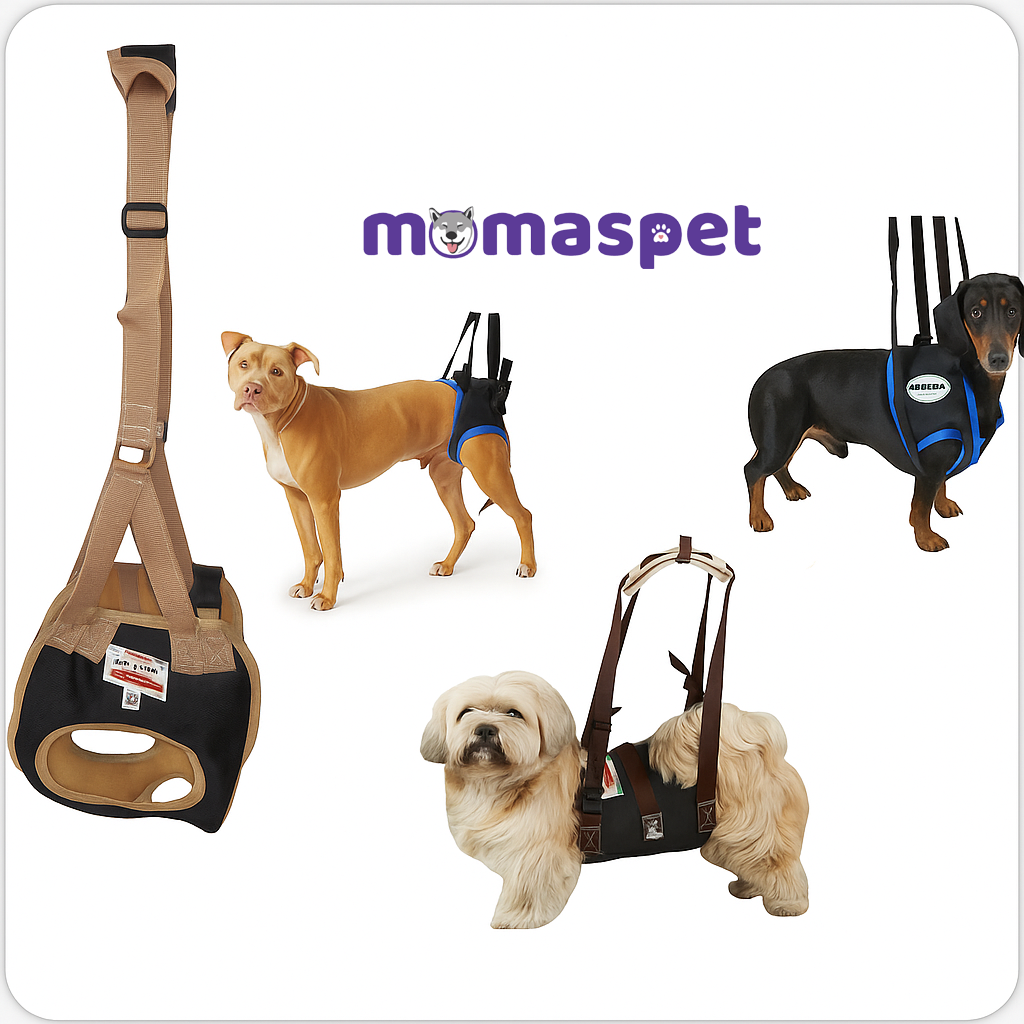
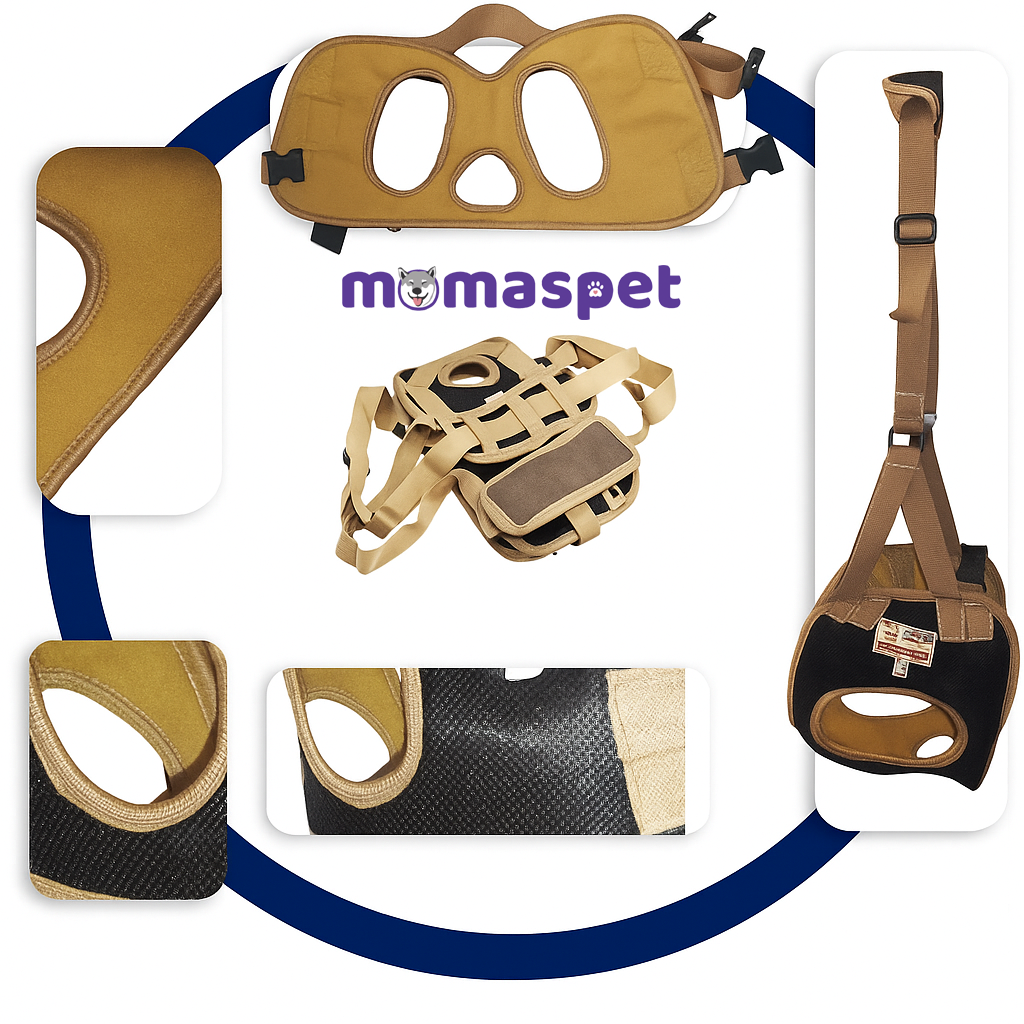

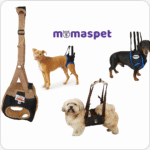
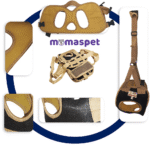
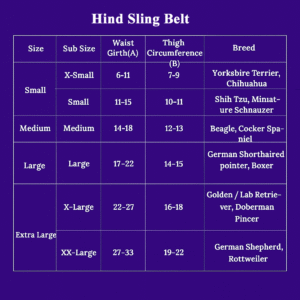
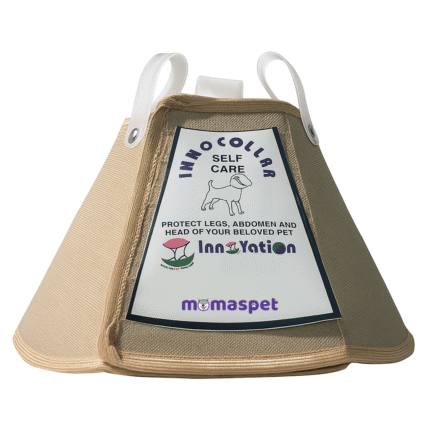
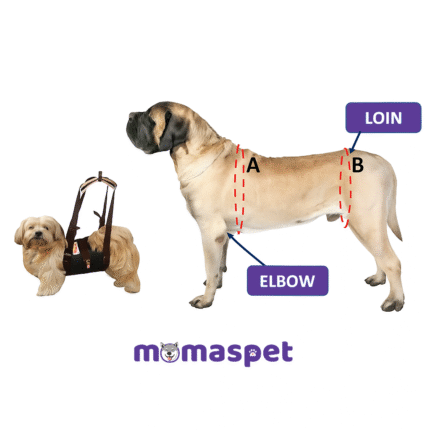

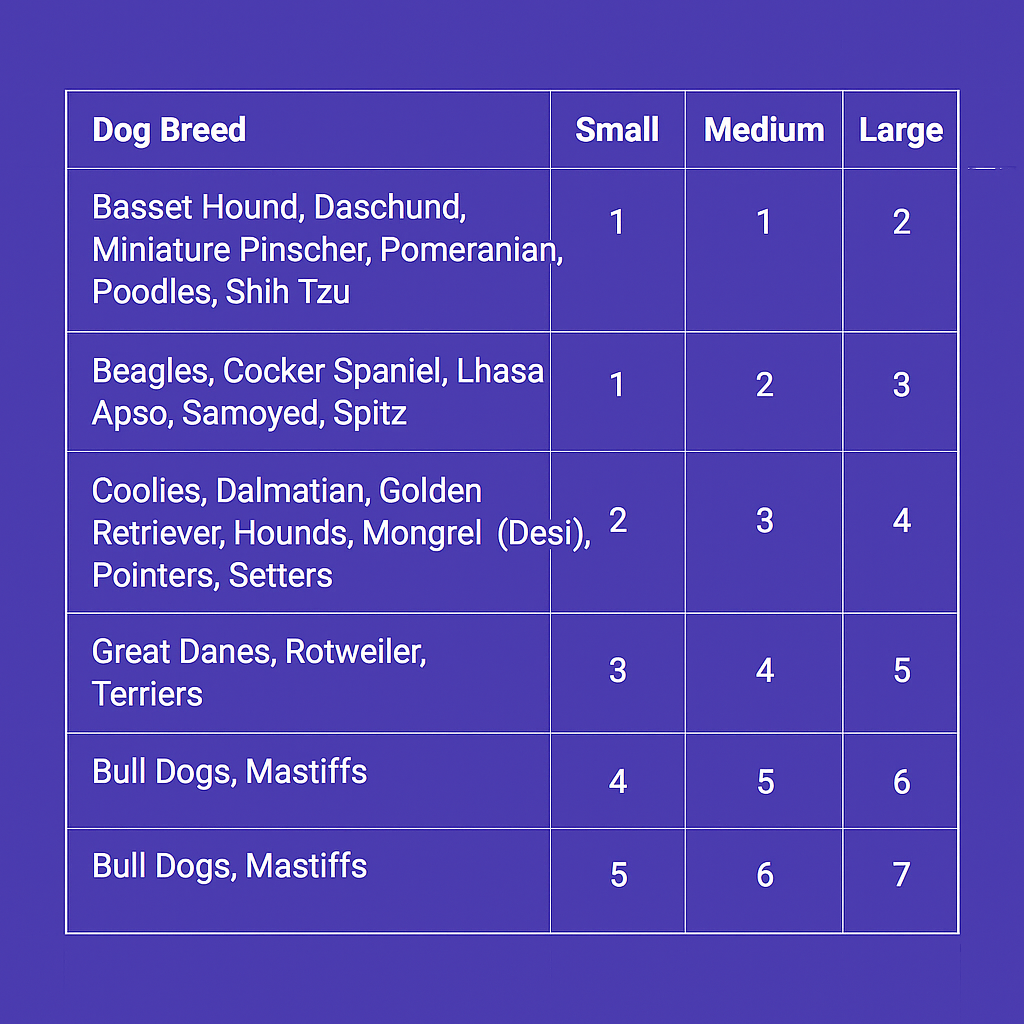
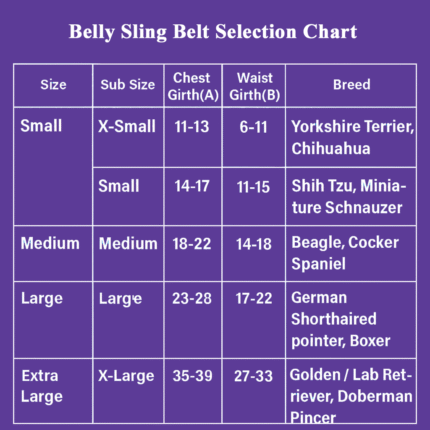
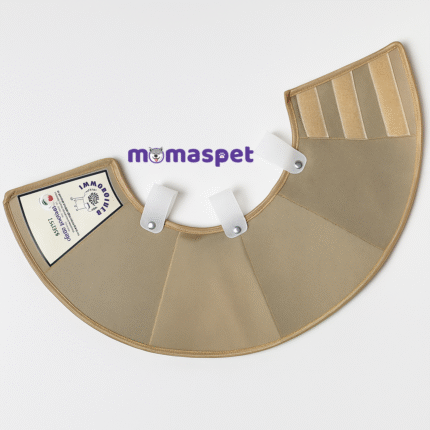
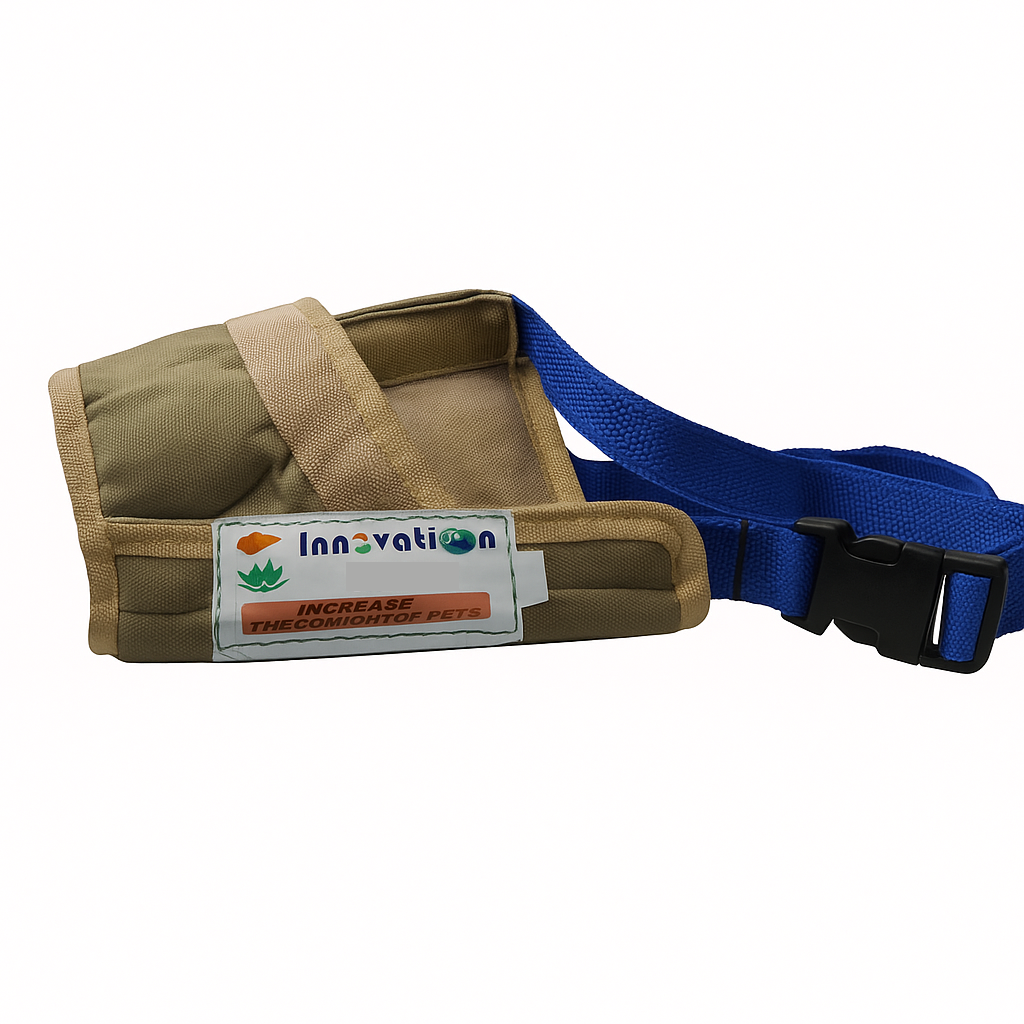
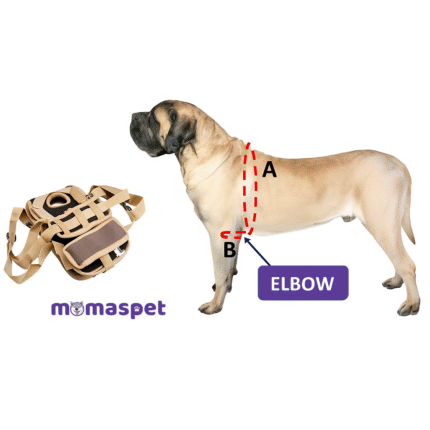
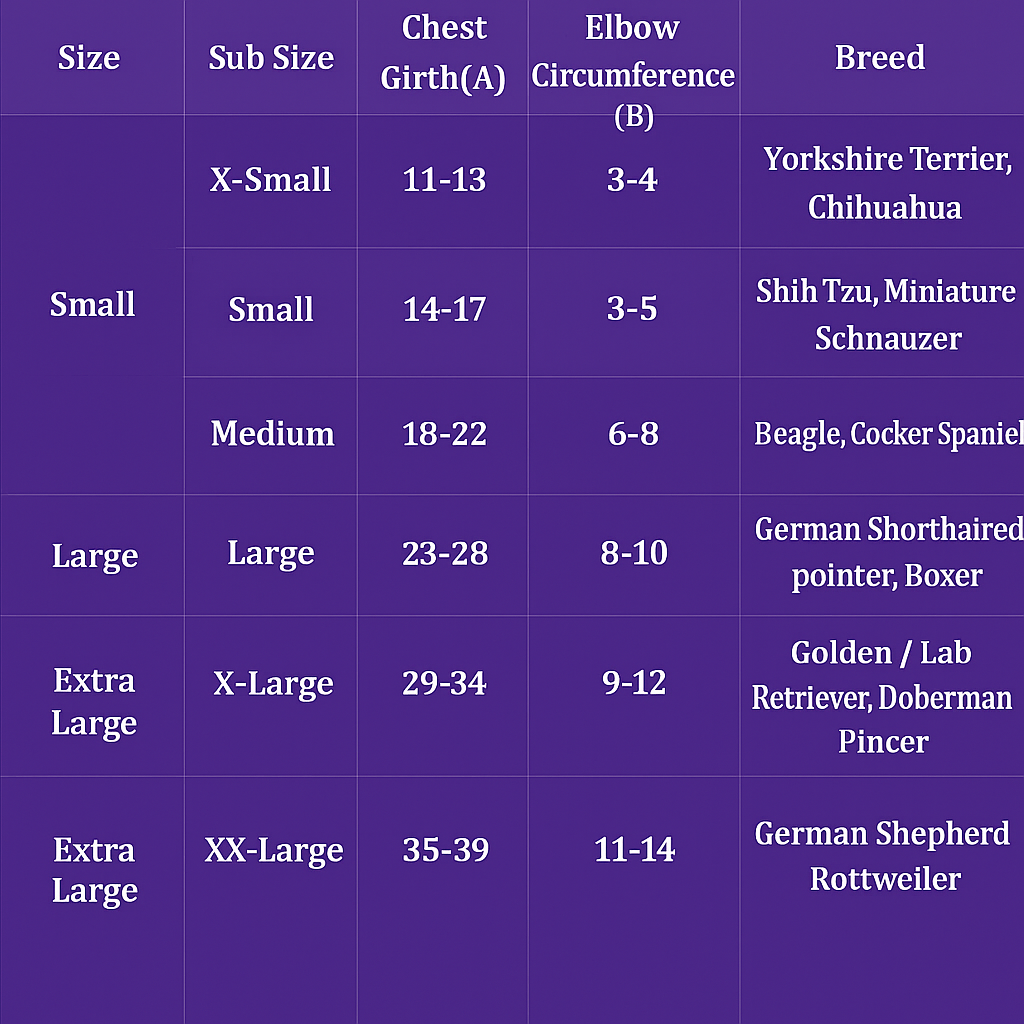
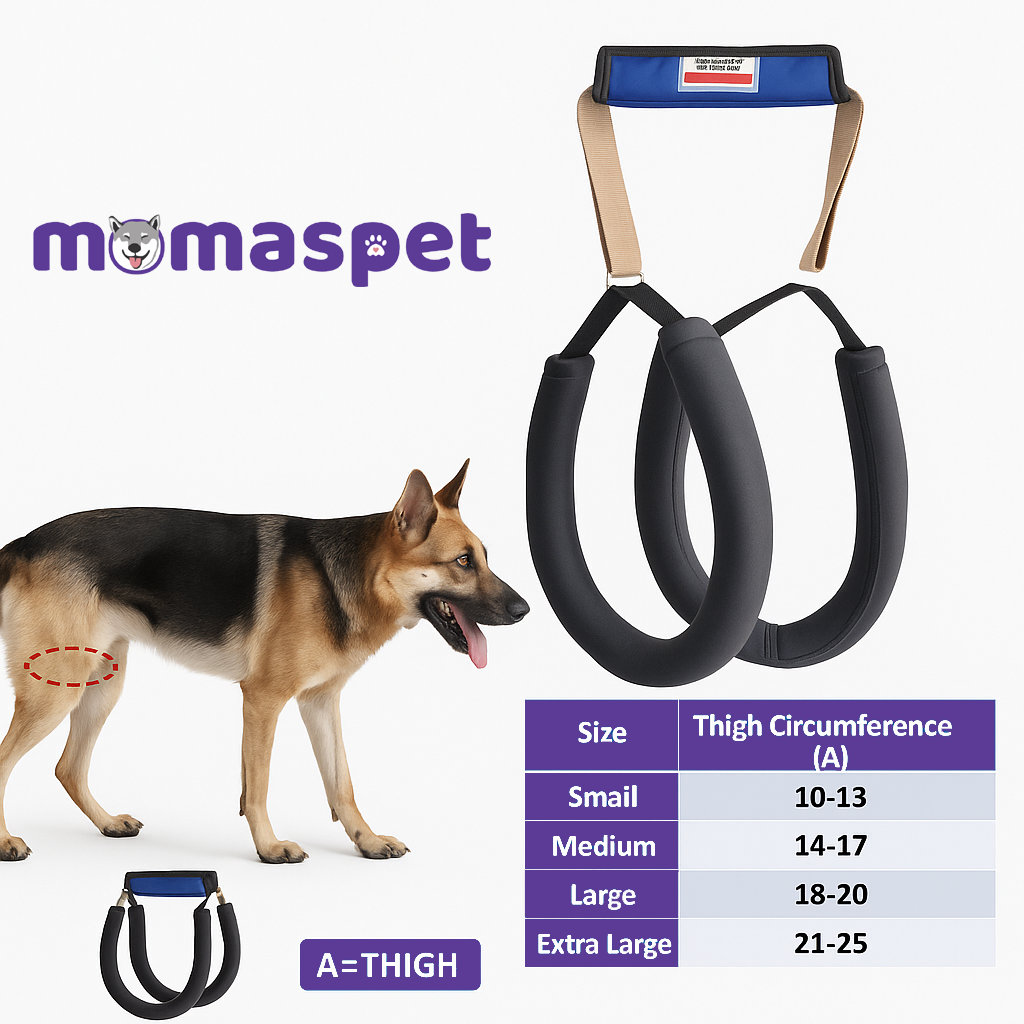
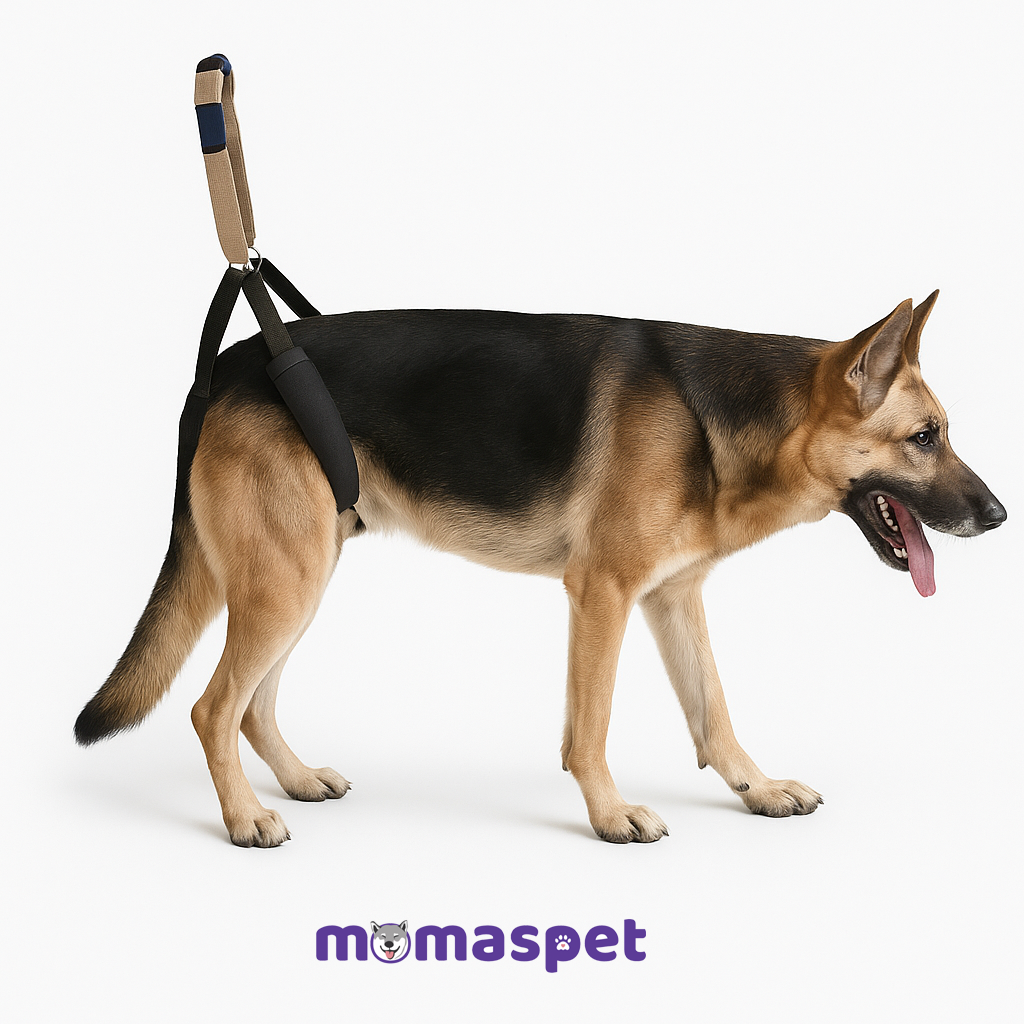
Reviews
There are no reviews yet.